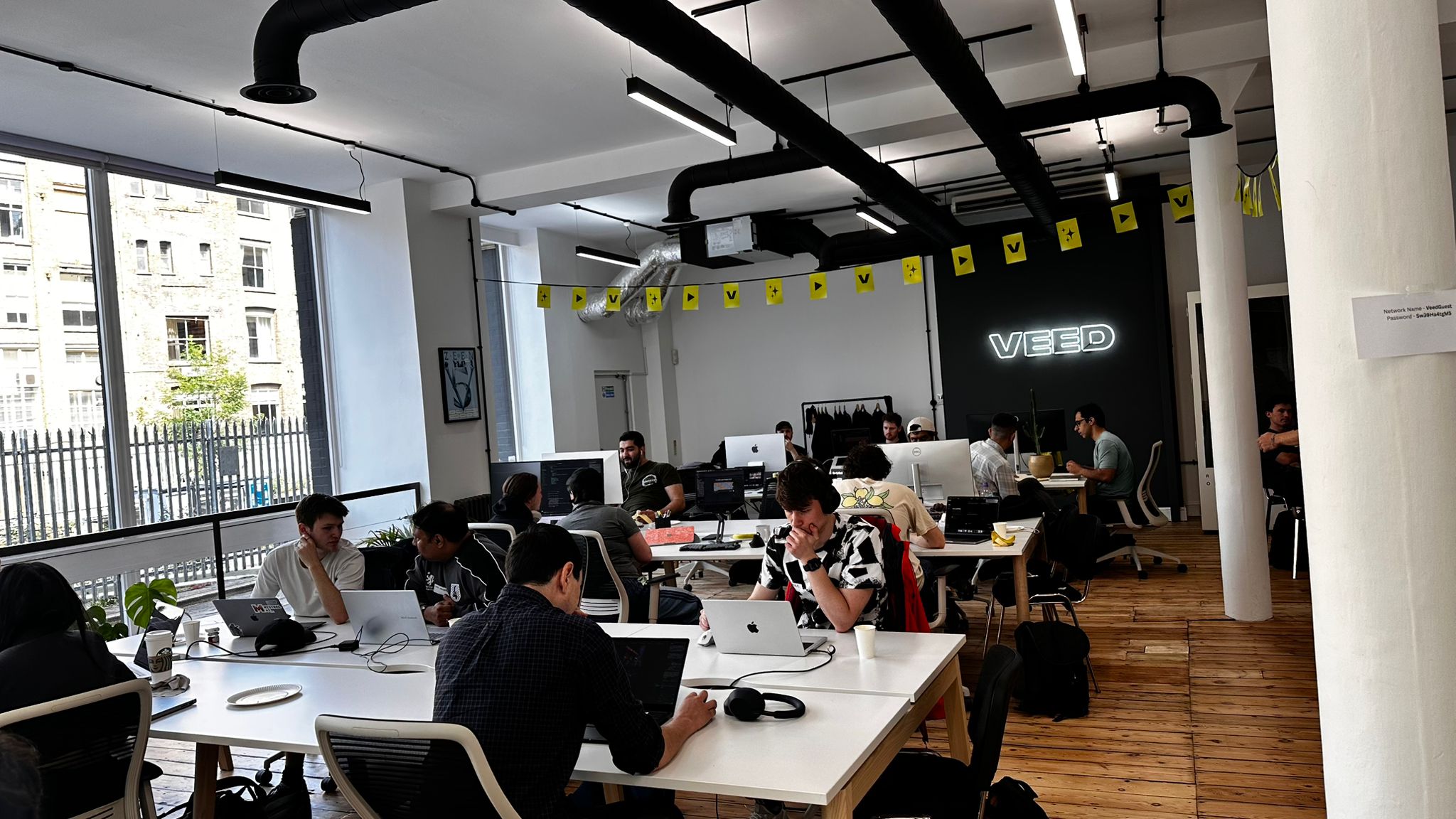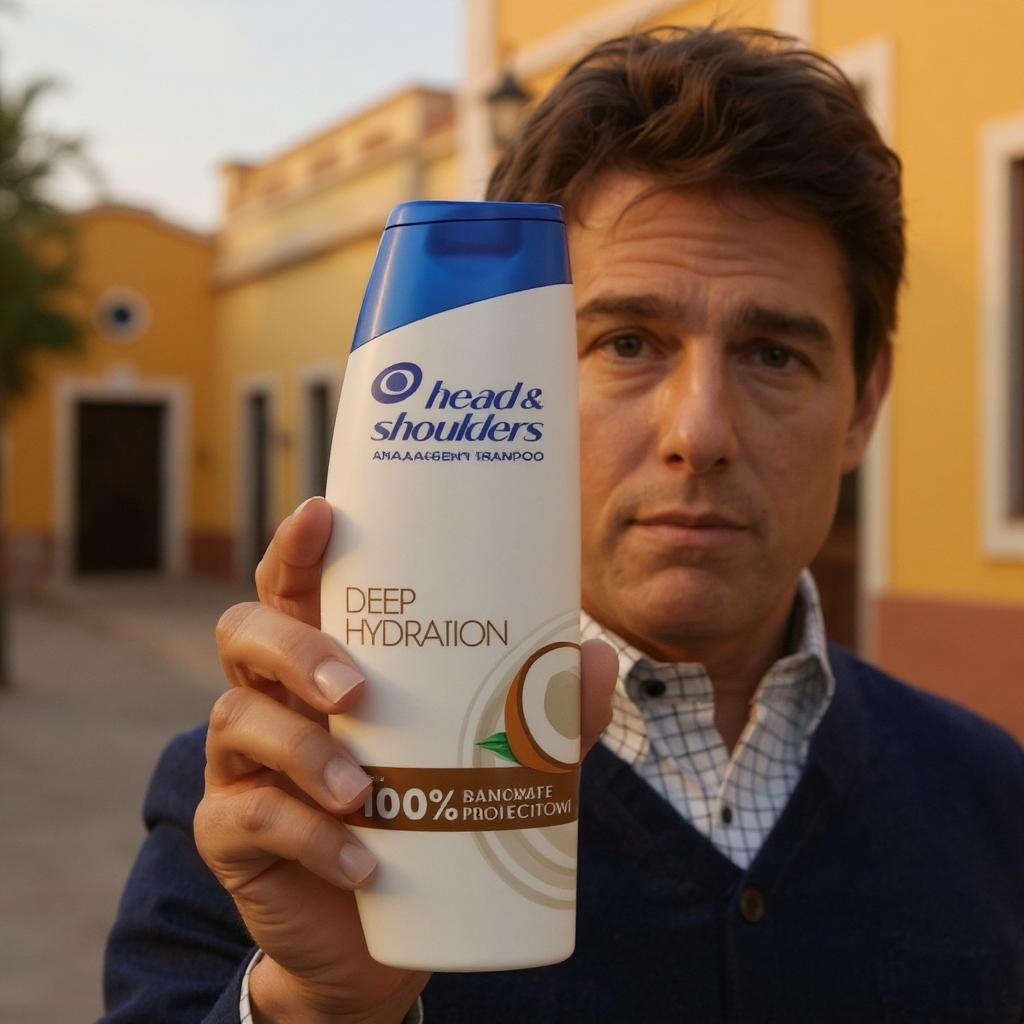VEEDxFal Hackathon- Building Global Ad Campaigns with GenAI

Experience of building a Campaign Manager using GenAI
- Mission Begins
- Why I Joined
- Meet the Team
- Toolbox
- Right Problem
- Pivot
- Mad Men
- Our Product
- Construction
- Pitch Time
- What We Learned
- Final Thoughts
What if Tom Cruise could pitch Corona in a London pub—then instantly switch scenes and charm a Mexican plaza with the same beer, all in flawless Spanish? That was our pitch: one product, infinite markets. Fully automated, hyper-localized ad campaigns—copy, visuals, voiceovers, and video—crafted by GenAI. No agencies. No weeks of back and forth. Just input your product, pick a region, and watch your global ad empire unfold. The mission was bold. The clock was ticking.
Mission Begins
VEED, FAL.ai, ElevenLabs, Photoroom, and Sieve recently conducted a 24-hour Gen AI Hackathon. There were over 300 participants from various backgrounds competing to create a product using the various Gen AI APIs provided by the sponsors.
Why I Joined
Over the last few years, I have spent time developing Gen AI algorithms and have always been amazed at how quickly products emerge from SOTA research. I was curious to see how people used these APIs to build actual products and find viable paths to profitability.
Meet the Team

My team had a diverse background. I work as an Applied Scientist at Flawless AI, developing solutions for lip sync in movie assets. Rodolfo has experience building AI tools for top online marketplace sellers across markets like Mexico, Brazil, Italy, the US, and the UK. Mujing, on the other hand, is a seasoned frontend engineer and hackathon veteran. This mix gave us a strong foundation to cover multiple angles of product development.
Toolbox
We had access to a wide variety of APIs provided by the sponsors. FAL hosted numerous APIs for text-to-image, text-to-video, image-to-video, and more. VEED served as an abstraction layer over many of them. What amazed me was how accessible they made SOTA models. Many participants didn’t even write code—they used the APIs as Lego blocks, and built genuinely cool things. Having spent hours in the past setting up GitHub repos just to run inference, this felt like a huge leap.
Right Problem
While others started building quickly, we spent a lot of time brainstorming. It was intimidating to see how fast some teams were moving. People would often ask us what we were building, and for a while, our answer was an awkward, “No idea yet.”
We wanted to build something meaningful—something that could evolve into a viable product rather than a gimmick. Ideas we discussed included a Duolingo-style video chat app, an AI avatar real estate agent, a tool to generate marketing images from a few product photos, or even a sports analyst. I also wanted to explore legal tech since it’s so tedious and time-consuming—but none of us had domain expertise in law.
Pivot

Rodolfo brought up the idea of generating custom landing pages from user input. This resonated. His experience across global markets made us think—what if we built a system that could generate full marketing campaigns tailored for different regions? Something that would automatically produce ad copy, promotional images, product visuals, even videos—based on the product and the target market.
Mad Men

Based on my multiple rewatches of Mad Men, I kept thinking about how much effort goes into a single ad campaign. Typically, there’s a team of copywriters, graphic designers, video editors, and more—all working together to brainstorm, prototype, and refine the messaging and visuals. This process can take weeks for just one campaign, let alone multiple campaigns tailored for different international markets.
Our product would drastically reduce the prototyping and iteration time by generating a first-pass campaign that professionals could then refine and personalize further.
Our Product
- The user provides a product image, basic description, and market (e.g., UK or Mexico).
- An agent generates ad copy.
- Using this and the product image, we generate appropriate backgrounds and use Flux Kontext Pro to place the product.
- The look and tone of the generated visuals change based on the target region.
- For video content:
- The user selects a celebrity or actor and provides a script.
- ElevenLabs is used to generate voice audio.
- Flux Kontext renders the actor holding the product.
- Hunyuan Avatar API animates the image + audio into a final video ad.
For example, Tom Cruise might promote Corona with “mates” in London and with “amigos” in Spanish—completely different cultural tones.
Construction

What struck me was how fast this all came together. Back in college, I hand-coded frontends and REST APIs. This time, Mujing introduced me to fast prototyping platforms and visual dev tools that saved hours. Within a few hours, we had a working pipeline.
But not everything went smoothly. Around 5am, during the final integration push, half the visual pipeline broke. Backgrounds didn’t render properly, the audio sync was glitching, and API rate limits started hitting us. We thought we might not even have a demo to show. Mujing, running on zero sleep, sat calmly at 6am and rewrote parts of the flow to stitch everything back together. Watching that come together felt like a movie montage moment—our very own last-minute hackathon miracle.
Another interesting thing was how others seemed more focused on just getting something out rather than worrying about the big picture. It was fast, unconstrained—probably the true spirit of indie hacking. Even the craziest ideas were just a few clicks away. While I was getting caught up thinking about the current limitations of video models and questioning how good or bad they were, Saba told us not to worry about it—just build. The tech would catch up. “Don’t get stuck thinking why it won’t work—focus on how amazing it can get.” That mindset shift really stuck with me.
Pitch Time

After staying up for 30 hours straight, it was time to pitch. We had only two minutes to present. We rehearsed around 20 times to make sure we were crisp and tight. The atmosphere was electric. People from all walks of life—indie hackers, product managers, research students—came with different goals. Some wanted virality, some chased monetization, others just wanted to experiment. A lot of ideas revolved around monetizing Instagram and TikTok content.
What We Learned
We were quietly confident but didn’t make the podium. Saba, VEED’s CEO, mentioned that some teams under-built while others over-built. What ultimately stood out was the product experience. In hindsight, we focused too much on explaining our positioning. Our “wow” moment came too late in the pitch. Meanwhile, winning teams had immediate visual appeal and clear storytelling.
Final Thoughts
Even so, the experience was incredibly enriching. Both Rodolfo and Mujing were fantastic to work with and brought unique perspectives. I still believe our product had great potential, but I now understand the importance of how you present—not just what you build.
A huge thank you to the organizers for creating such a supportive and high-energy environment. The food, the vibes, the people—everything was top-notch. Looking forward to the next one!
